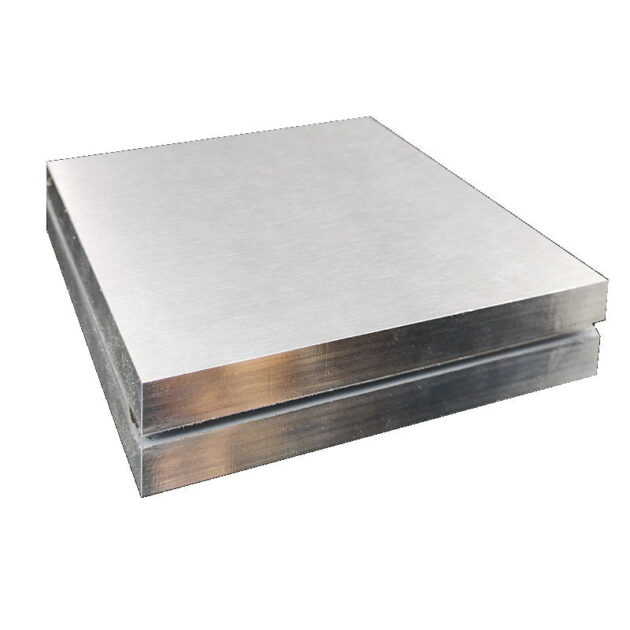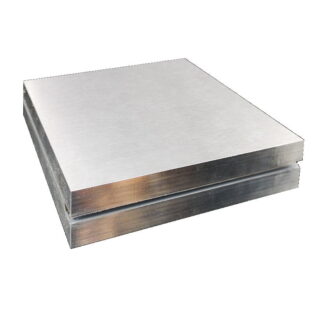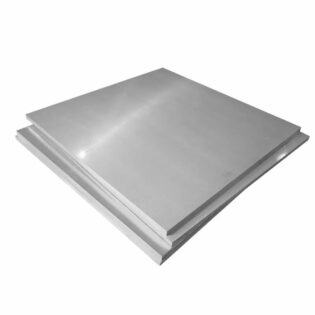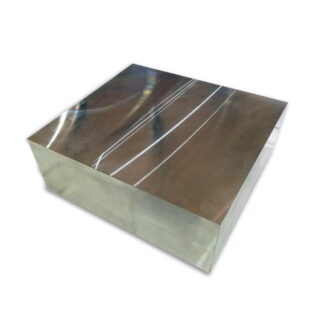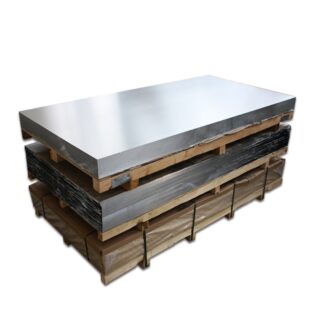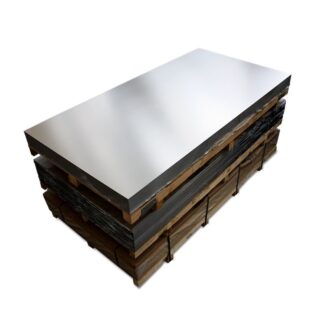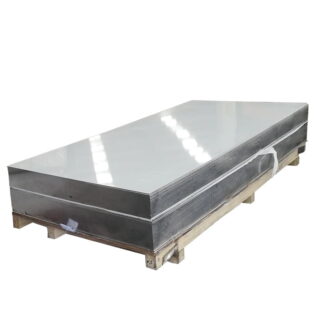4007 (AlSi1.5Mn) Aluminum
4007 aluminum is a 4000-series aluminum alloy. The main alloying addition is silicon. 4007 is the Aluminum Association (AA) designation for this material. In European standards, it will be given as EN AW-4007. Additionally, the EN chemical designation is AlSi1,5Mn. And the UNS number is A94007.
It originally received its standard designation in 1978.
The properties of 4007 aluminum include three common variations. This page shows summary ranges across all of them. For more specific values, follow the links immediately below. The graph bars on the material properties cards further below compare 4007 aluminum to: 4000-series alloys (top), all aluminum alloys (middle), and the entire database (bottom). A full bar means this is the highest value in the relevant set. A half-full bar means it’s 50% of the highest, and so on.
4007 aluminum Chemical Composition:
| Chemical Elements | Metric | English |
|---|---|---|
| Aluminum, Al | 94 – 97.6 % | 94 – 97.6 % |
| Chromium, Cr | 0.05 – 0.25 % | 0.05 – 0.25 % |
| Cobalt, Co | <= 0.05 % | <= 0.05 % |
| Copper, Cu | <= 0.20 % | <= 0.20 % |
| Iron, Fe | 0.40 – 1.0 % | 0.40 – 1.0 % |
| Magnesium, Mg | <= 0.20 % | <= 0.20 % |
| Manganese, Mn | 0.80 – 1.5 % | 0.80 – 1.5 % |
| Nickel, Ni | 0.15 – 0.70 % | 0.15 – 0.70 % |
| Other, each | <= 0.05 % | <= 0.05 % |
| Other, total | <= 0.15 % | <= 0.15 % |
| Silicon, Si | 1.0 – 1.7 % | 1.0 – 1.7 % |
| Titanium, Ti | <= 0.10 % | <= 0.10 % |
| Zinc, Zn | <= 0.10 % | <= 0.10 % |
Physical Properties:
| Properties | Metric | Imperial |
|---|---|---|
| Density | 2.71 g/cm3 | 0.0979 lb/in3 |
4007 Aluminum vs. 6061 Aluminum
Both 4007 aluminum and 6061 aluminum are aluminum alloys. They have a very high 97% of their average alloy composition in common. There are 30 material properties with values for both materials. Properties with values for just one material (2, in this case) are not shown.
For each property being compared, the top bar is 4007 aluminum and the bottom bar is 6061 aluminum.
Metric UnitsUS Customary UnitsMechanical Properties
Elastic (Young’s, Tensile) Modulus, GPa 71 69
Elongation at Break, % 5.1 to 23 3.4 to 20
Fatigue Strength, MPa 46 to 88 58 to 110
Poisson’s Ratio 0.33 0.33
Shear Modulus, GPa 27 26
Shear Strength, MPa 80 to 90 84 to 210
Tensile Strength: Ultimate (UTS), MPa 130 to 160 130 to 410
Tensile Strength: Yield (Proof), MPa 50 to 120 76 to 370 Thermal Properties
Latent Heat of Fusion, J/g 410 400
Maximum Temperature: Mechanical, °C 170 170
Melting Completion (Liquidus), °C 650 650
Melting Onset (Solidus), °C 590 580
Specific Heat Capacity, J/kg-K 890 900
Thermal Conductivity, W/m-K 170 170
Thermal Expansion, µm/m-K 23 24 Electrical Properties
Electrical Conductivity: Equal Volume, % IACS 42 43
Electrical Conductivity: Equal Weight (Specific), % IACS 140 140 Otherwise Unclassified Properties
Base Metal Price, % relative 9.5 9.5
Density, g/cm3 2.8 2.7
Embodied Carbon, kg CO2/kg material 8.1 8.3
Embodied Energy, MJ/kg 150 150
Embodied Water, L/kg 1160 1180 Common Calculations
Resilience: Ultimate (Unit Rupture Work), MJ/m3 7.4 to 23 3.8 to 81
Resilience: Unit (Modulus of Resilience), kJ/m3 18 to 110 42 to 1000
Stiffness to Weight: Axial, points 14 14
Stiffness to Weight: Bending, points 49 50
Strength to Weight: Axial, points 12 to 15 13 to 42
Strength to Weight: Bending, points 20 to 23 21 to 45
Thermal Diffusivity, mm2/s 67 68
Thermal Shock Resistance, points 5.5 to 6.7 5.7 to 18 Alloy Composition
Aluminum (Al), % 94.1 to 97.6 95.9 to 98.6
Chromium (Cr), % 0.050 to 0.25 0.040 to 0.35
Cobalt (Co), % 0 to 0.050 0
Copper (Cu), % 0 to 0.2 0.15 to 0.4
Iron (Fe), % 0.4 to 1.0 0 to 0.7
Magnesium (Mg), % 0 to 0.2 0.8 to 1.2
Manganese (Mn), % 0.8 to 1.5 0 to 0.15
Nickel (Ni), % 0.15 to 0.7 0
Silicon (Si), % 1.0 to 1.7 0.4 to 0.8
Titanium (Ti), % 0 to 0.1 0 to 0.15
Zinc (Zn), % 0 to 0.1 0 to 0.25
Residuals, % 0 to 0.15 0 to 0.15
